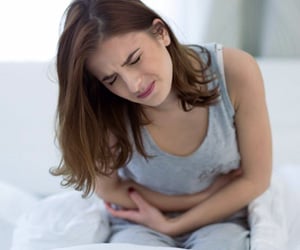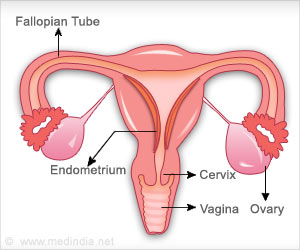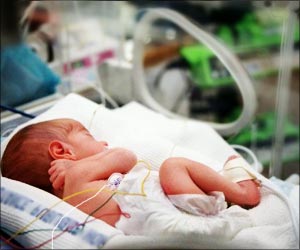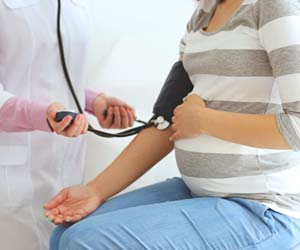Prolonged or heavy bleeds can cause anemia, which may be particularly critical for those who are malnourished or have other underlying conditions, such as HIV.

‘There are many other circumstances in which women can experience vaginal bleeding: after birth (post-partum) hemorrhage; miscarriage; and as a result of conditions such as endometriosis, growths (polyps and fibroids), and womb (cervical) cancer.’





The culture of silence around vaginal bleeding at all stages of life endangers women's health and is compounded by limited access to clean water, sanitation, and factual information in low and middle-income countries, according to a study conducted at Columbia University's Mailman School of Public Health. An approach that looks at vaginal bleeding as more than a monthly period and addresses the needs of girls and women across the life course is urgently required, noted members of the research team, led by Marni Sommer, DrPH, MSN, RN, associate professor of Sociomedical Sciences at the Mailman School of Public Health.
They emphasize that without this, they will continue to be unable to tell the difference between healthy and abnormal bleeding, and to take care properly of their own bodies and those of their dependents.
The average woman can expect to have around 2400 menstrual bleeding days between the ages of 12 and 51. And on any given day, more than 800 million girls and women of reproductive age will be having their period.
But there are many other circumstances in which they can experience vaginal bleeding: after birth (post-partum) hemorrhage; miscarriage; and as a result of conditions such as endometriosis, growths (polyps and fibroids), and womb (cervical) cancer.
Women may also experience particularly heavy and painful periods (menorrhagia) or irregular bleeding during perimenopause and menopause. Prolonged or heavy bleeds can cause anemia, which may be particularly critical for those who are malnourished or have other underlying conditions, such as HIV.
"Yet societal taboos around open discussion of vaginal bleeding mean that many young women are not even told that they will have a monthly period, let alone be able to manage it hygienically and with dignity due to the absence of clean water, sanitation, and supplies of soap and sanitary products," said Dr. Sommer.
"Sparse sanitation may make it harder for women and girls managing the range of vaginal bleeding, including monthly menstruation, to take part in routine daily activities such as participating in school or work, going to the market or fetching water."
Many women in low and middle income countries are also unlikely to be able to access factual information either in schools, online, or in adequately resourced health clinics run by appropriately trained staff.
"Though international development priorities have, to some extent, targeted adolescence and reproductive health related to childbearing, there is a marked silence around vaginal bleeding that girls and women experience over 40-50 years of the life course," said Bethany A. Caruso PhD, MPH of Rollins School of Public Health, Emory University.
"This silence hinders attention to the significant information and water and sanitation-related needs that women and girls have and the challenges they face when managing this range of vaginal bleeding experiences, and may deter healthcare seeking when needed."
Dr. Sommer and colleagues suggest that health systems and health workers' capacity need to be strengthened to improve women's health alongside educational/awareness campaigns to help them understand the difference between normal and abnormal bleeding.
They also call for evidence based national and global policy and programming that is designed to meet their needs, including health promotion and improved availability of and safe access to adequate sanitation and clean water, infrastructure and supplies.
Source-Eurekalert















